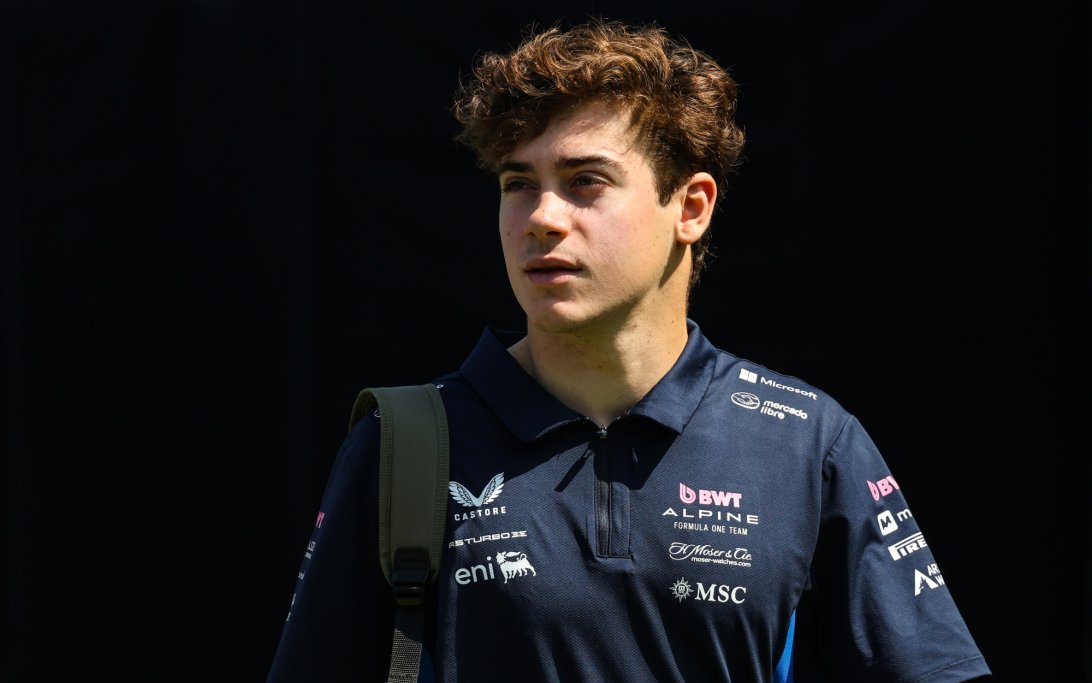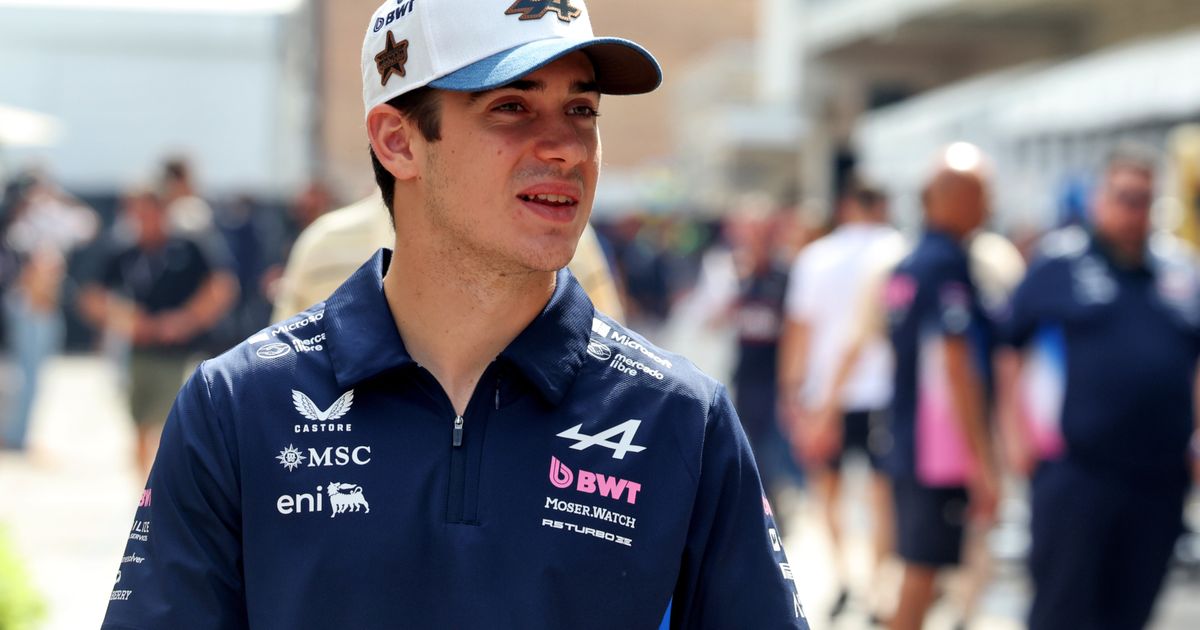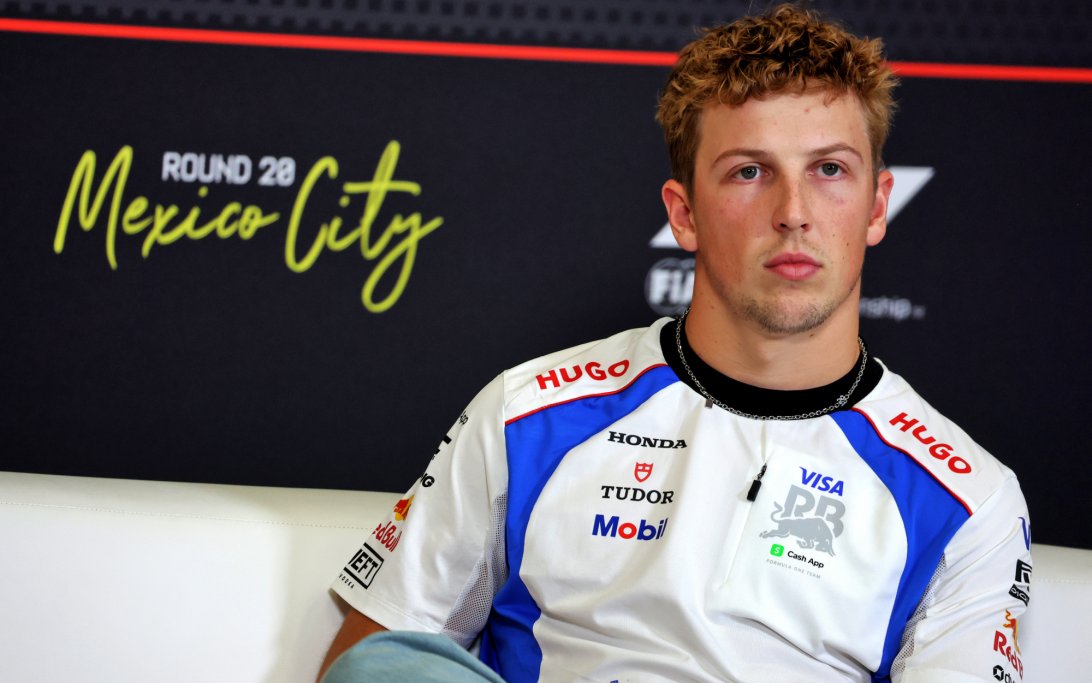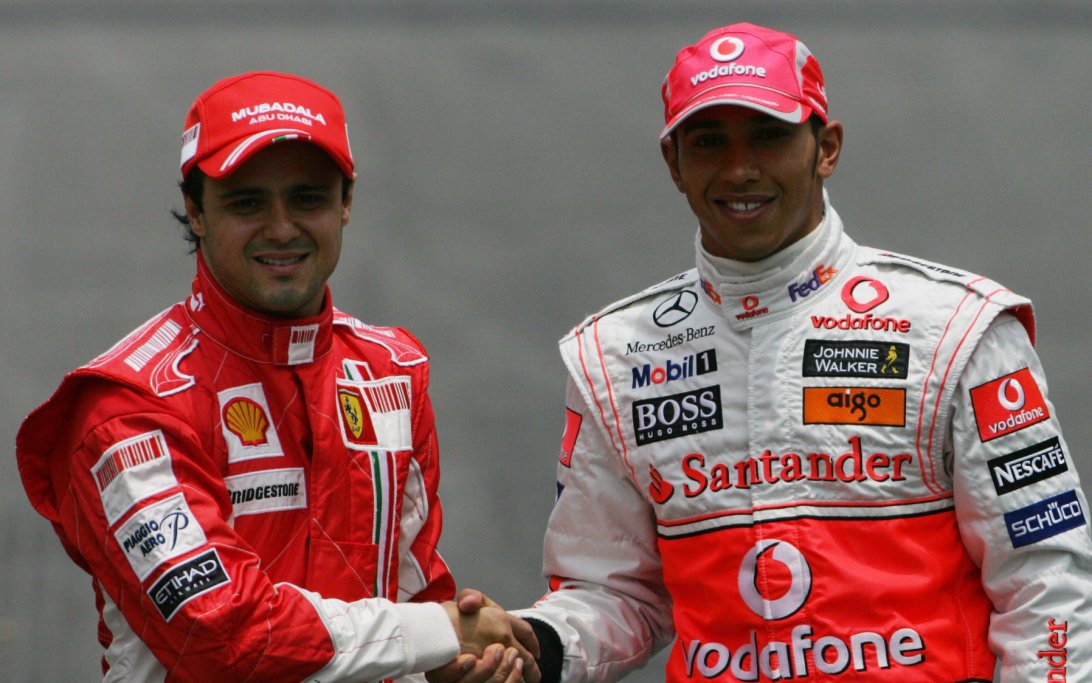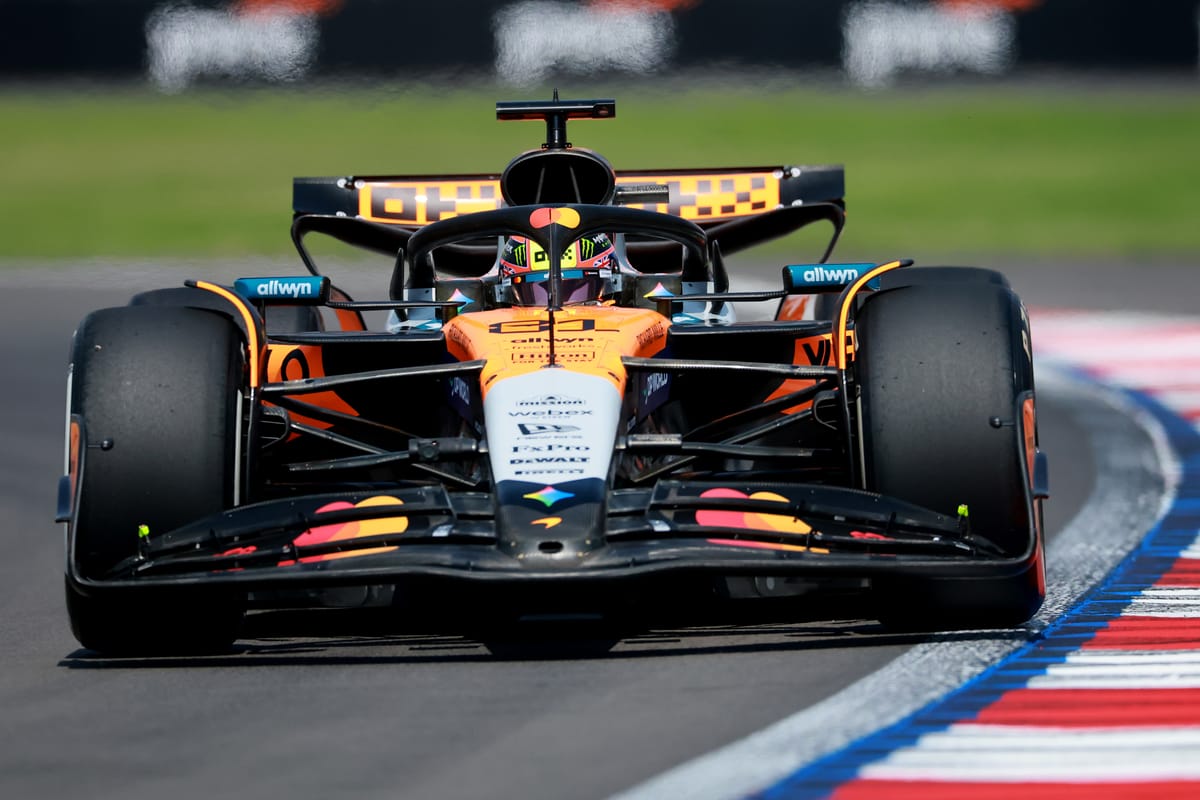
Unpacking Piastri's Sudden F1 Performance Dip
Oscar Piastri's once-commanding championship lead has evaporated, turning into a one-point deficit after two challenging weekends where team-mate Lando Norris gained significant ground. This sudden and severe drop-off, which saw Piastri go from 14 podiums in 16 races to four straight outside the top three, has sparked questions about the underlying causes.
Why it matters:
Piastri's recent struggles could be pivotal in a tightly contested championship battle. Understanding the root cause—whether it's an adaptation challenge, car characteristics, or track-specific demands—is crucial for McLaren to optimize both drivers' performances and secure the constructors' title, even if their social media-fueled theories of team favoritism are unsubstantiated.
The Details:
- Performance Shift: Piastri's 34-point lead after the Dutch Grand Prix vanished over five races. While a crash in Azerbaijan contributed, a lack of pace in the US and Mexico was the primary concern.
- Debunking Favoritism: Theories of McLaren favoring Norris are baseless. With the constructors' title secured, there's no logical reason for McLaren to intentionally hinder Piastri, especially when their goal is for one of their drivers to beat Verstappen. Compromising a high-scoring driver would be counterproductive.
- Driving Style Adaptation: Piastri identified a need for "major" changes in his driving, not a wholesale style overhaul but rather "adding some tools to the toolbox." This aligns with McLaren boss Andrea Stella's comments.
- Low-Grip Challenge: McLaren's best explanation for Piastri's struggles in Austin and Mexico points to the combination of sliding and low-grip conditions. These conditions demand a driving style that comes more naturally to Norris than to Piastri.
- Norris's Style: Norris excels with sensitive steering inputs and a precise steering/throttle overlap, allowing him to load the car at entry and utilize small slides effectively in low-grip scenarios.
- Piastri's Style: Piastri prefers later braking and a bigger turn-in, which is effective in high-grip conditions. However, in low-grip or specific sliding situations, this can sap confidence, leading to more hesitant turn-ins at both low and high speeds, visibly impacting his initial corner entry compared to Norris.
- Subtle Losses: Piastri's individual losses were minimal but consistent across the lap, accumulating quickly. This meant he lost his usual strengths, even at high speeds.
- Acceptance and Adaptation: Piastri acknowledged the need to drive differently in the last couple of weekends, noting it was "not particularly natural" for him. His willingness to experiment and adapt, rather than blame the car, is a positive sign for his development.
What's next:
Piastri's proactive approach to understanding and adapting his driving style should serve him well. The expectation is that in more 'normal' conditions, such as the upcoming race in Brazil, he will revert to his historically effective driving style and regain his competitive edge. If he struggles again, however, McLaren will face renewed questions about the persistent nature of his performance dip, potentially jeopardizing his championship bid.
Original Article :https://www.the-race.com/formula-1/whats-really-behind-strange-oscar-piastri-f1-...


